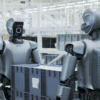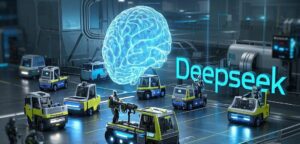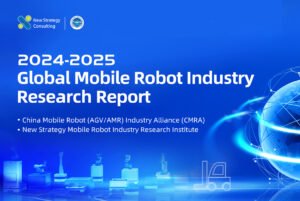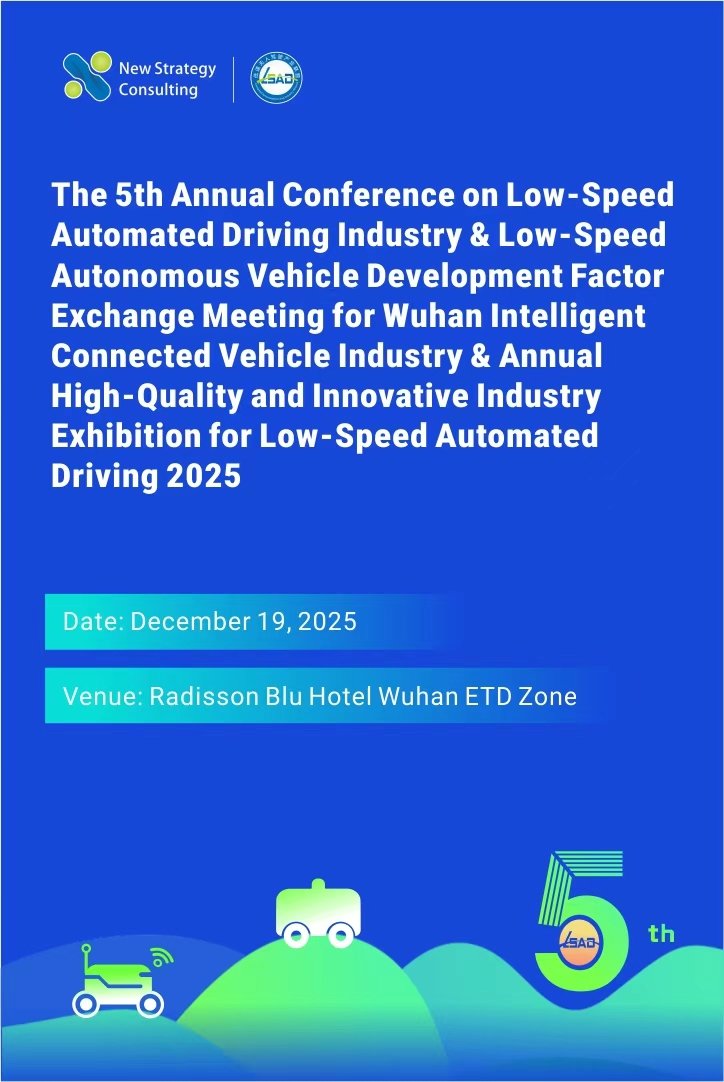At the dawn of 2025, DeepSeek’s groundbreaking emergence captivated the global stage.
This open-source AI model, developed by DeepSeek (a subsidiary of Chinese quantitative hedge fund firm幻方), has been hailed in Silicon Valley as a “mysterious force from the East,” sending ripples across the tech world.
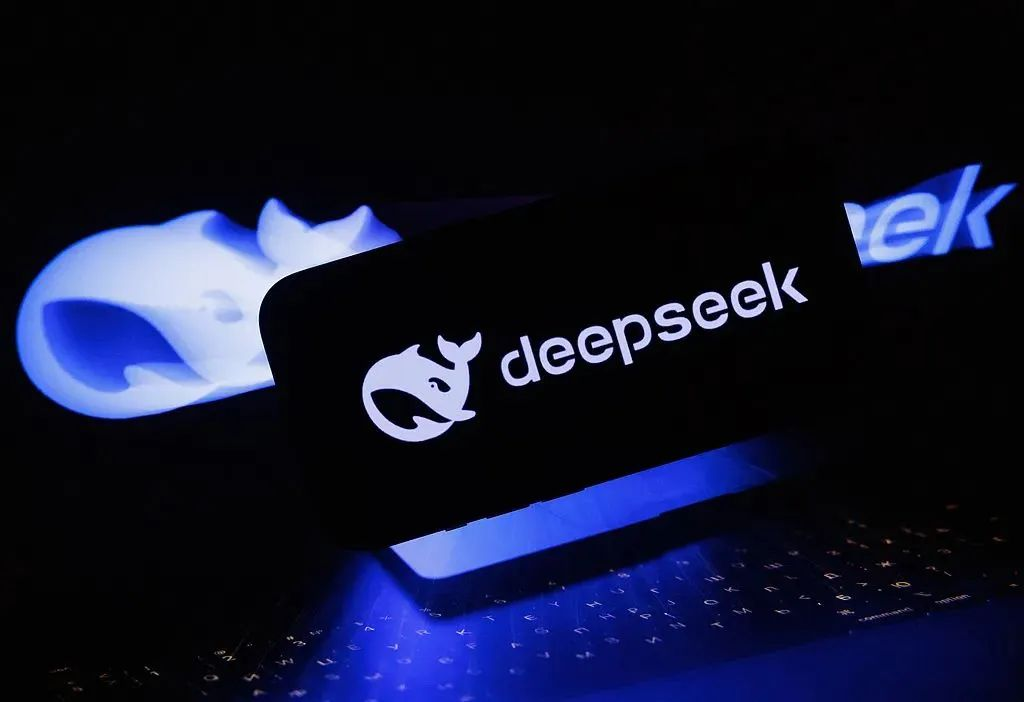
What makes this AI model so exceptional?
DeepSeek’s rise to prominence stems from its ability to redefine global perspectives on AI development. It challenges the traditional focus on raw computing power, shifting the competitive landscape toward algorithm optimization and “reasoning” capabilities.
“DeepSeek’s core advantage lies in its significantly lower costs compared to all previous closed-source commercial models, while matching the technical prowess of today’s top-tier proprietary systems,” remarked **Zhang Lei, Chairman of the Mobile Robot Industry Alliance and CTO of Sinsong Robotics**. According to reports, this open-source model outperforms OpenAI’s products in multiple benchmarks, with a development cost of under $6 million.
Beyond cost efficiency, DeepSeek addresses limitations in traditional large models’ data granularity processing, significantly enhancing logical reasoning and cross-domain adaptability.
On January 20, DeepSeek launched its R1 model, which topped both Apple’s App Store and Google Play’s global download charts within six days. By day 18, downloads surpassed 16 million, and by February 1, they exceeded 30 million—making it the fastest app to reach this milestone in history.

Today, DeepSeek is not only lauded for its natural language processing capabilities but has also become a catalyst for intelligent transformation across industries. Tech giants, robotics firms, and automakers are rapidly integrating DeepSeek to secure an edge in the AI race.
Why Aren’t Mobile Robots the First Beneficiaries?
According to incomplete statistics from New Strategy Mobile Robot Media, over 20 robotics companies have announced plans to adopt DeepSeek, validating its applicability in the industry. However, early adopters are primarily humanoid or commercial service robots.
“Humanoid and service robots epitomize embodied intelligence. Their environments demand close human interaction and adaptability to complex social dynamics, making them ideal candidates for large model integration,” Zhang explained. In contrast, industrial settings have already decomposed complex systems into simplified, rigid processes executed by robots. “Introducing DeepSeek into manufacturing is a reversal—transforming simplicity back into complexity. This explains its slower adoption in industrial applications,” he added.
Why Can’t Mobile Robots Overlook DeepSeek?
Despite slower industrial integration, AI-powered mobile robots remain a critical trend, offering transformative potential for intelligence enhancement. Zhang highlighted two key impacts:
1.Elevating Existing Applications: DeepSeek’s integration can boost mobile robots’ analytical capabilities for production data, driving efficiency. For instance, in warehousing, robots traditionally handled logistics but relied on humans for complex decisions. With DeepSeek, they can analyze sales trends, logistics status, and inventory patterns to optimize workflows.
2.Unlocking New Possibilities: DeepSeek’s semantic understanding and decision-making strengths enable smarter interactions and autonomy. “From AGVs to AMRs, robots follow fixed routes. With AI, they gain environmental awareness to dynamically navigate, avoid collisions, and assess obstacles—like distinguishing temporary vs. prolonged blockages,” Zhang noted.
Furthermore, DeepSeek could enable natural language or gestural communication between robots and users, revolutionizing usability. Challenges like multi-vehicle coordination and deployment planning could also see breakthroughs through AI-driven simulations and data training.
Why Must Mobile Robot Companies Act Now?
DeepSeek’s influence extends beyond technology—it promises to reshape the industry’s competitive landscape. On February 21, 2025, DeepSeek announced plans to open-source five model libraries, calling it a “small but sincere step” toward transparency.

Open-sourcing code libraries allows global developers to innovate atop DeepSeek, accelerating adoption. For Chinese engineers, this lowers access barriers to cutting-edge AI, reducing both training and deployment costs.
However, Zhang cautioned:“Open-source doesn’t mean reduced investment in AI. Companies must strategically navigate this shift.”While large firms may leverage resources to advance rapidly, SMEs risk falling behind due to talent gaps.
“DeepSeek’s true value lies in sparking enthusiasm for applied AI,” Zhang emphasized. “Integration is just the first step. The real challenge is converting technology into tangible benefits.”
Sinsong Robotics is actively exploring AI applications, aiming to lead in translating models into industrial solutions. Zhang urged the industry to“develop vertical AI models tailored for mobile robots, pushing the technology toward practicality.”
“AI will redefine our industry, but this evolution demands patience. We must neither overestimate nor underestimate these tools,” he concluded. “DeepSeek won’t be the last breakthrough. The key is to stay agile, deepen technical expertise, and embrace incremental progress. The journey to ubiquitous AI is long—but it’s our moment to shine.”


